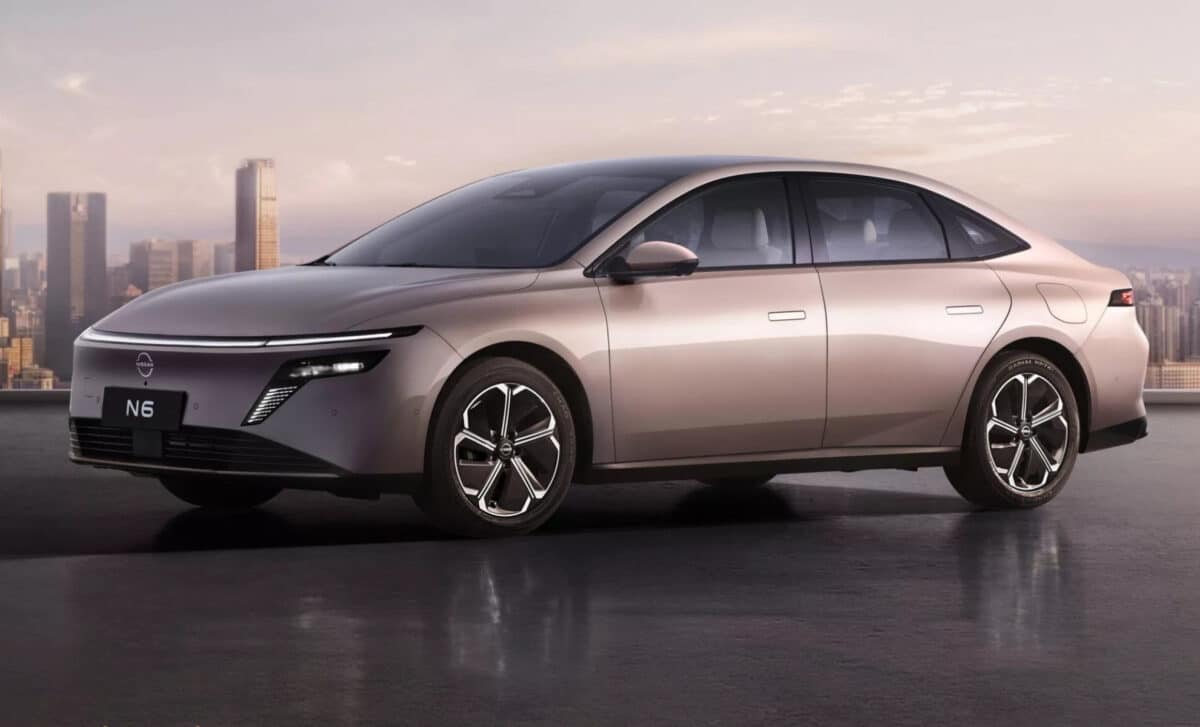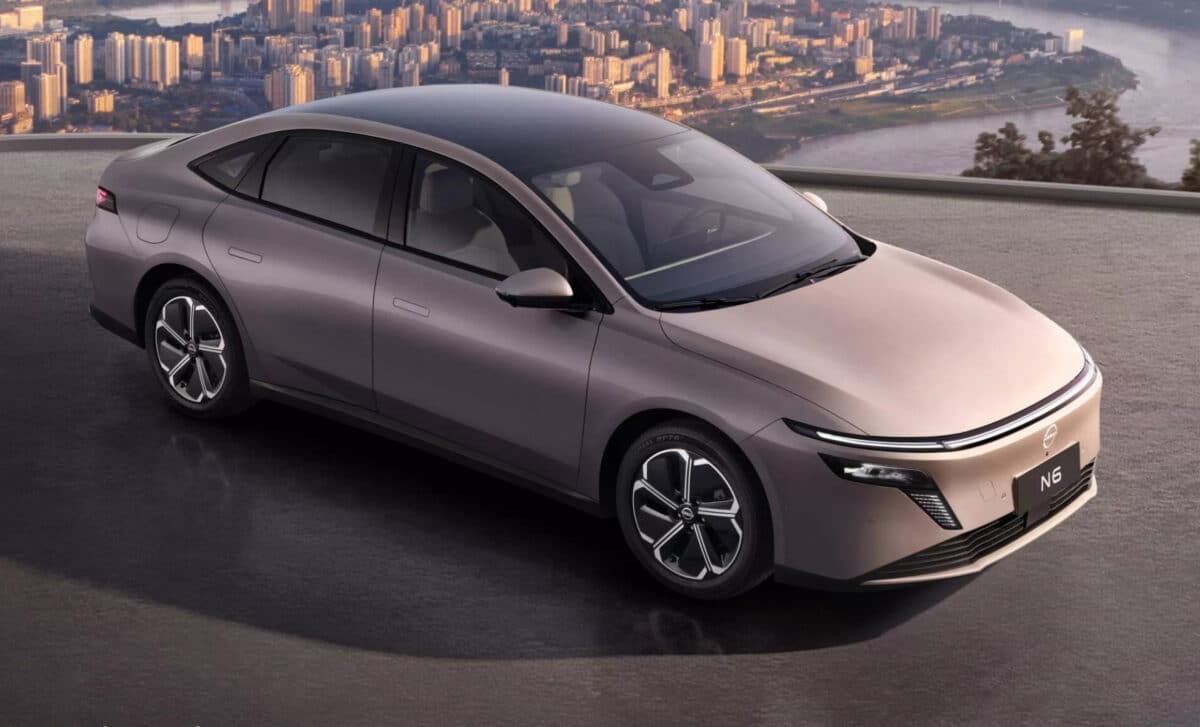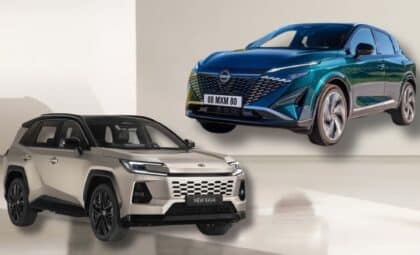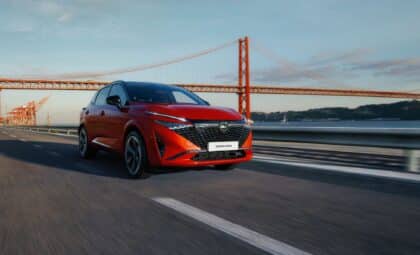The announcement comes as the latest salvo in China’s intense EV and hybrid pricing war. With strong performance specs and premium technology onboard, the N6 stands out not only for its affordability but also for its ambition to challenge domestic rivals in the world’s largest auto market. With a 112-mile electric range and tech-packed features, this midsize model undercuts even the compact Versa sold in the United States.
The N6 was developed through Nissan’s joint venture with Dongfeng and is positioned just below the all-electric N7. Although they share a similar design language, the two sedans differ in construction and purpose. Unveiled earlier this year and now open for pre-orders, the N6 enters a market flooded with cost-competitive hybrids, where every yuan counts and every feature matters.
Performance and Dimensions Close to Altima
Built to compete in the midsize segment, the Nissan N6 stretches 4,831 mm in length with a wheelbase of 2,815 mm. That puts it within striking distance of the US-market Altima, which measures slightly longer at 4,900 mm. Luggage space is also comparable, offering a capacity of 570 liters.
Performance figures are equally robust. The N6’s plug-in hybrid system delivers 208 horsepower and 320 Nm of torque. It uses a large 21.1 kWh LFP battery, supporting an electric-only range of 180 km—around 112 miles—based on China’s CLTC test cycle.
Nissan claims a 0 to 100 km/h acceleration time of 6.8 seconds, making it one of the quicker models in its segment for this price bracket. This setup relies mainly on the electric motor for propulsion, even though a combustion engine is still present under the hood.

Trims Packed With High-End Technology
The N6 is offered in three trims—Pro, Max, and Max+—all built on the same technical base. The entry-level Pro comes with 17-inch wheels, ambient lighting, a 10.25-inch digital instrument cluster, and a sizable 14.6-inch infotainment screen. This version already offers more equipment than what buyers typically expect in its price range.
In the top-tier Max+ trim, the upgrades become more noticeable. The dashboard features a 15.6-inch display, and the driver gets what Nissan calls the “AI Zero-Pressure Cloud Carpet Seat.” Equipped with 49 pressure sensors and 14-way electric adjustment, this seat includes heating, ventilation, lumbar support, and even massage functions.
According to Carscoops, the higher-end models also incorporate facial recognition for the driver, anti-motion sickness tech, and Qualcomm Snapdragon chips—8775 in the Max+ and 8155 in lower trims—enhancing in-car computing power and advanced driver assistance systems.

Pricing Aimed to Undercut the Global Competition
Starting at ¥106,900 (roughly $15,000), the base N6 is positioned as a serious value proposition. Even the Max+ version, which tops the range, is priced at ¥121,900 ($17,100). In comparison, the Nissan Versa in the US—despite being smaller and less powerful—starts higher than the N6 and lacks many of its features.
During the launch, Nissan stated that these prices are part of a pre-sale campaign and that deliveries will begin on December 8. According to the same source, the N6 undercuts the fully electric N7 by ¥10,000 ($1,400).
Still, it faces tough competition from domestic Chinese models: the Geely Galaxy A7 starts at ¥81,800 ($11,500), and the BYD Qin L begins at ¥96,800 ($13,600). Nissan appears to be banking on the N6’s balance between refinement and technology to draw in customers looking for more than just the cheapest deal.
As part of its broader strategy, the company announced that four more electrified SUVs—covering battery electric, plug-in hybrid, and range-extender formats—will follow the N6 and N7 before the end of 2027.









